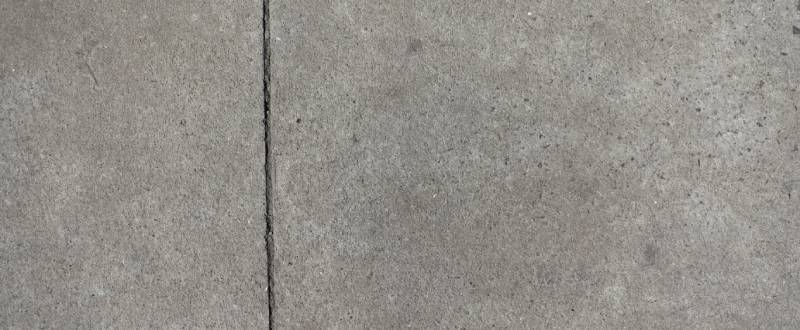Homeowners and property managers recognize the value of maintaining their properties to ensure safety, aesthetics, and longevity. One critical aspect of property maintenance that is easy to overlook is the upkeep required after professional concrete lifting.
Whether it’s a driveway, sidewalk, or any other concrete surface, post-lift maintenance is crucial for preserving the repair work and avoiding future issues. Take better care of your property using our maintenance tips after professional concrete lifting projects.
Perform Periodic Inspections
Concrete lifting looks like such a big project, so you may assume that upkeep is equally complex. However, maintenance is straightforward and includes convenient steps like conducting routine inspections. You won’t have to inspect the concrete on a daily basis, but you should include an inspection in your seasonal home maintenance schedule.
Periodic inspections can help identify cracks or new areas of settling early, allowing for prompt intervention. It doesn’t hurt to inspect the lifted concrete the day after the project is completed just to ensure everything went well. However, including this task in your seasonal maintenance schedule enables you to promptly address any natural problems that arise.
Follow Up With Cleaning
One of the easiest and most important maintenance tips to try after professional concrete lifting procedures is to routinely clean the surface. Much like scheduling inspections, you can clean the concrete sporadically throughout the year.
Keep the surface clean of dirt and leaves, as they can retain moisture and contribute to degradation. Power washing is an effective method of cleaning concrete surfaces, so don’t hesitate to break out your power washer if you have one.
That said, if you don’t own power washing equipment, consider talking to an expert who can handle the task for you. Cleaning once or twice a year will help your concrete remain as attractive as it is functional.
Reseal Your Concrete Surfaces
Working with the right concrete lifting company will ensure your project runs smoothly, but resealing afterward is crucial for longevity. Applying a high-quality sealant can protect the concrete from water penetration, stains, and surface wear.
This protective layer should be reapplied every few years, depending on the product and the level of exposure to traffic and the elements. It’s good to reseal your concrete surfaces, such as sidewalks and driveways, around every three years to maintain consistent protection over time. Routine inspections will help you keep an eye on the concrete surface’s quality, which is important because you may need to reseal before that three-year anniversary.
Reseal expansion joints
Expansion joints are the deep gaps between concrete slabs. The expansion joints allow the concrete expand and contract with normal fluctuations in weather conditions without breaking. Many expansion joints are filled with a flexible sealant or wooden fiber strips.
Degraded expansion joint fillers allow water to drain into the joints. Water washes out soils and creates voids beneath the concrete which leads to settlement.
Inspecting the expansion joints and resealing them in a timely manner is a key piece of maintenance to ensure that concrete lifting lasts. Mitigate resettlement by inspecting your expansion joints regularly.
By following the outlined tips, you can maximize the effectiveness of the lifting service and avoid potential future problems. Contact our concrete lifting company today if you’re ready to revitalize your property and take care of it for many more years.

